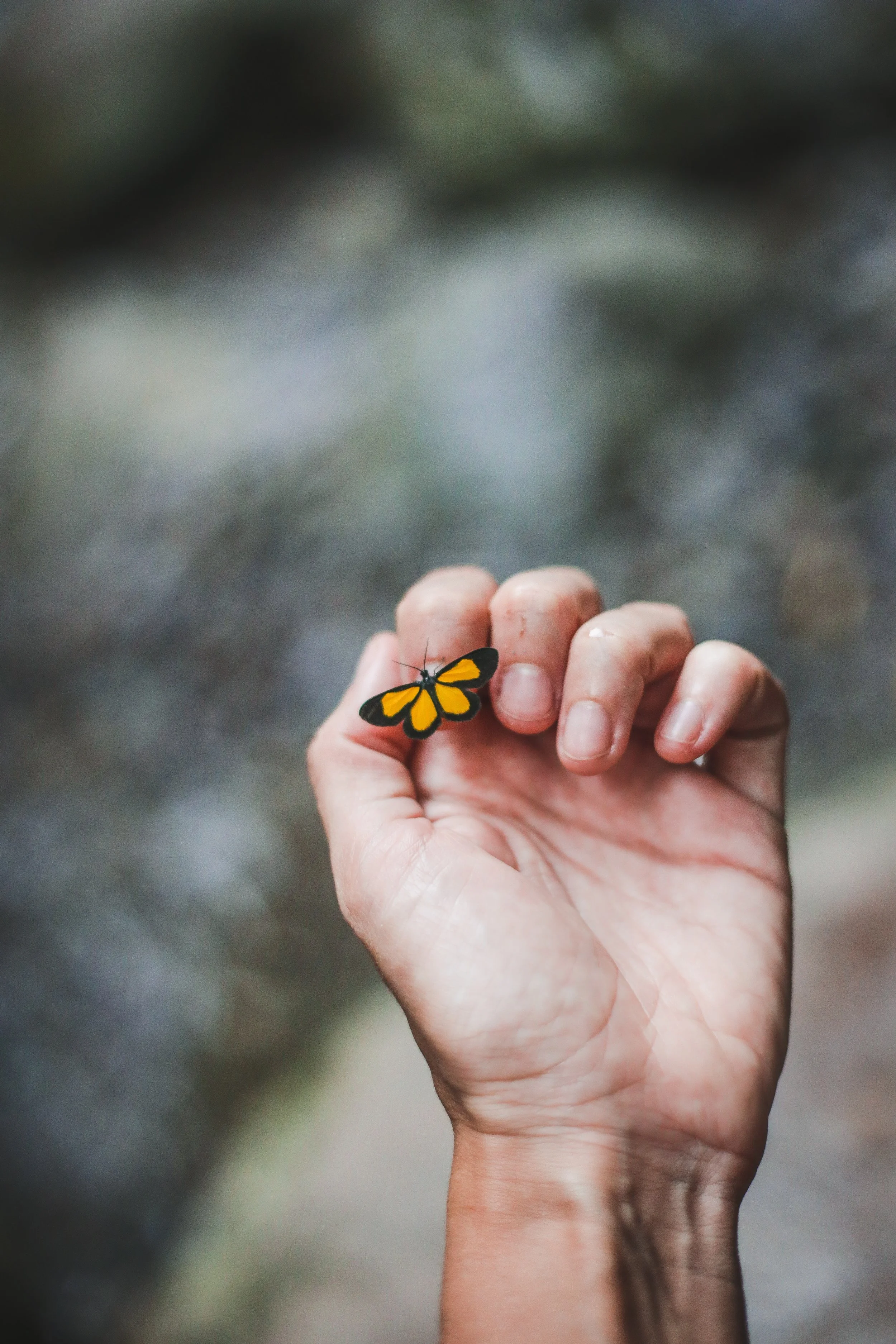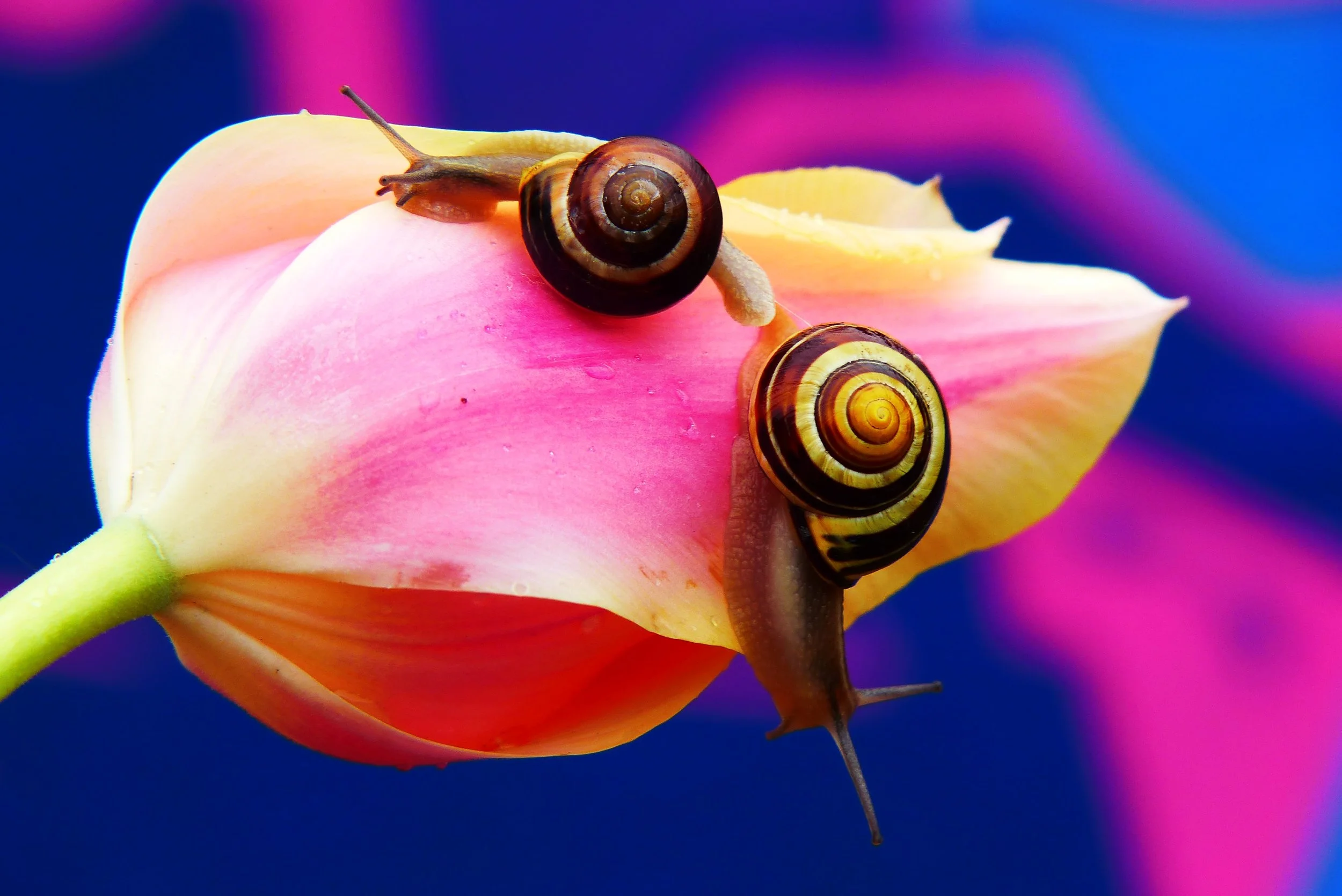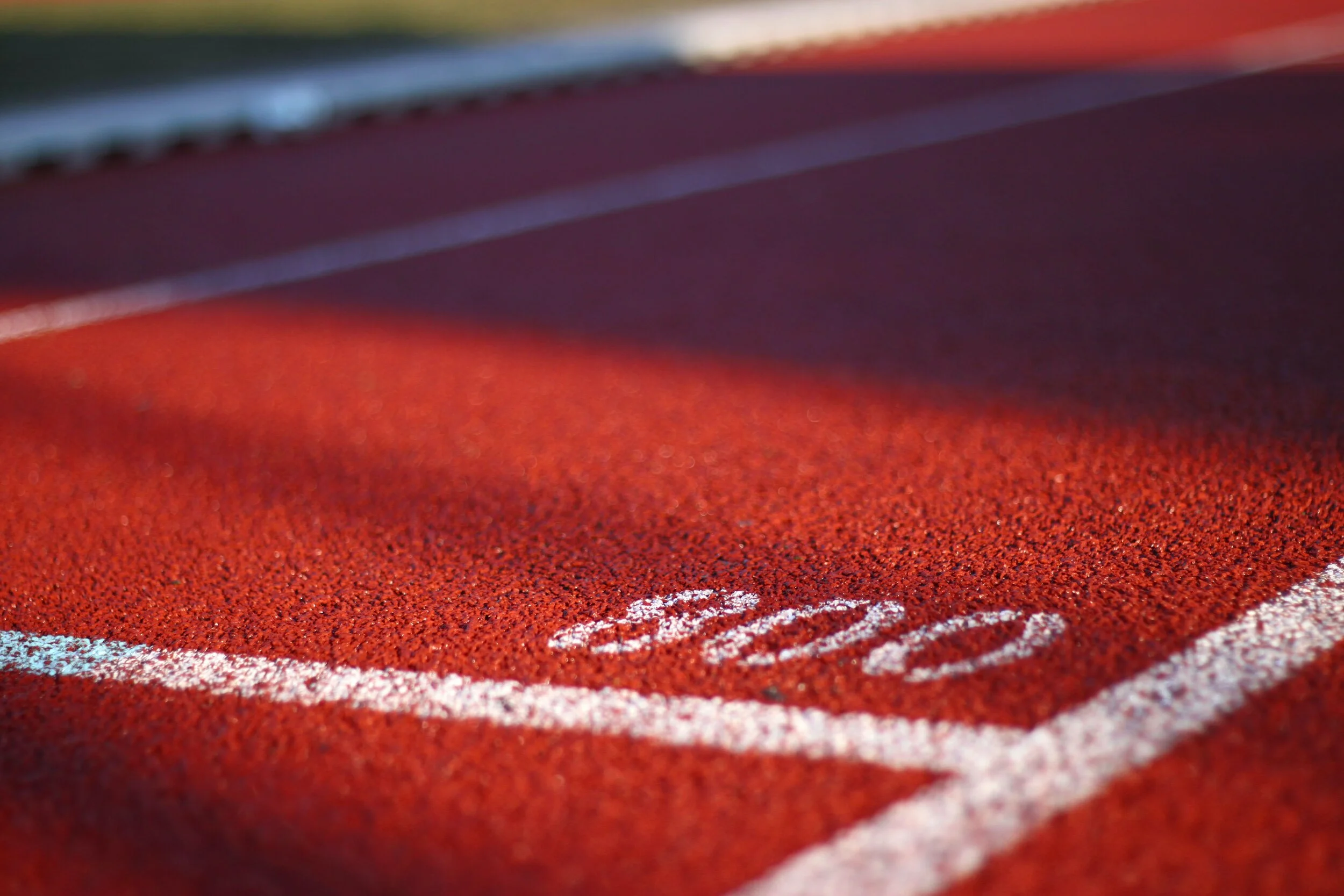The Breath Refresh That Helps Clear Your Mind
While the media shrills sounds of “New Year! New you!”, the start of 2022 has been rough. If this year has kicked off a little more foggy mirror than clear windshield, you’re not alone.
For all the healthy resolutions or 30-day health kick-starts, some days it can be heard to even take a breath, much less stop long enough to convince the mind to slow down. But through the power of breath, it is possible to stop the mind long enough to notice your inhale, then your exhale, then again your inhale and then again your exhale.
Considered the fourth limb of yoga, “pranayama” (or the practice of focusing on the breath) is an incredibly powerful tool to help calm the mind. When combined with postures (asana) and meditation (dhana), offers us a way to help manage our energy, sharpen our focus and bring clarity.
My favorite breath technique is alternate nostril breathing. Translating from Sanskrit as nãdi śodhana, it is considered an energy clearing breath that can help to lower our heart rate, reduce stress, and calm the mind. It’s a great technique to keep in mind, especially when the only thing you feel you CAN do, is take a breath.
The technique involves simply closing off one nostril to breathe through the other, alternating the inhale and the exhale through each nostril (hence the name).
This can feel weird for anyone new to breathing techniques, so this instructional video from Yoga International offers a step-by-step instruction to practice this technique.
Alternate nostril breathing is an effective tool but definitely not the only breath technique in a yoga practice. So we asked some of the yoga teachers in our community to share their perspectives on integrating breathwork as part of a yoga practice for their students.
For Napa Valley Yoga Center teacher, Elizabeth Van Emst, it is critical to emphasize breath awareness during opening meditation, specifically a focus on diaphragmatic breathing with guided visualization.
“Diaphragmatic breathing takes a lot of focused mindfulness to relax the belly muscles and focus the inhalations and exhalations at that particular place in the body,” Elizabeth said. “It's our primitive way of breathing and one of the most effective nervous system-calming tricks I've personally learned.”
Diaphragmatic breathing, Elizabeth believes, is also a technique that can be applied during any moment of your day, in any situation. “Stuck in traffic and feeling road rage? Start the belly breathing path up to the crown of your head for a few cycles. Standing in the grocery line and feeling stressed to get on with your day? Start the belly breathing path up to the crown of your head and back down again. You'll be amazed what a simple three to five cycles of this type of breathing can do for your nervous system. It's also a little easier to incorporate into your day than say closing off one nostril at a time in the middle of a business meeting!”
Jayne Portnoy, of Yoga Loft Manhattan Beach, is a strong advocate for breathwork in her classes. “I teach breath work all the time,” Jayne said. “I’m a major advocate and put a minimum of 10 to 15 minutes in each class. Specifically, I like to teach alternate nostril breathing (nadi shodana.), Skull Shining breath (kapalabhati) and Bellows breath (bhashtrika).
“Using these breathing techniques helps to move the waters and stimulate heat, though breath movement without major movement can be harder than asana (postures) in a yoga practice. Nadi shodana is such a great mediator of the nervous system, and is a peaceful way to end class.”
Yoga and mindfulness teacher Tamara Stanfill finds alternate nostril breathing helpful when trying to quieten the mind or if she’s having difficulty falling asleep. For Tamara, alternate nostril breathing is part of a bigger meditation approach, called ”Sky breathing” that she also incorporates into private classes with corporate clients.
Here the approach incorporates three breathing techniques – Alternate nostril breathing (nadi shodhana), bellows breath (bahstrihka) and ocean breath (ujai pranayama) For a breakdown of all three techniques for Sky Breathing, you can refer to this instructional video.
Whether you’re doing a reset or a jumpstart, there’s a breathing technique to help even out the breath, manage anxiety, and reset and calm your mind.
And it all starts with an inhale.
Namaste,
Beck
What We're Reading:
Here's what has piqued our interest this week in the world of wine and mindfulness.
So, You Cried at Work – Harvard Business Review
Five tips to help you bounce back with grace.
New Global Survey Looks at Health, Wellbeing – Harvard Gazette
Researchers at Harvard, Baylor launch groundbreaking Global Flourishing Study.
Managing energy to avoid burnout – Wellbeing Magazine Australia
We look at the tools and philosophy of yoga to manage our prana better in our day-to-day lives.
Yes, Non-Alcoholic Cocktails are Expensive. Here’s Why. – Wine Enthusiast.com
If you want a good cocktail, you’re going to have to pay for it. The same goes for a good non-alcoholic cocktail.
Meet the Community:
Here we meet some of the talented folks who make our profession so dynamic.
Laura Louise Green, LPC, Founder & Lead Consultant, Healthy Pour (Chicago, Illinois, USA)
Years in Industry:
Just about 20 years in the industry, but I didn't understand it as a career until about 12 years ago when I was hired behind a craft bar. Prior to that, I was serving to make ends meet and absolutely hated it. (I was also terrible at my job.) Moving behind the bar was in line with the craft cocktail and spirits boom, and I was able to attach my creativity and some autonomy to my work, so I was hooked.
I spent a few years behind the bar but was making my way into an early grave because it became a lifestyle (as it does, when being a bartender becomes your whole personality). Those days were absolutely wild and totally unrestrained. I wanted out and continued working in bars as I got my master’s degree in counseling with every intention of leaving the industry, but decided to make the hospitality industry my population of choice. I mean, I loved the work and valued my community, so I wanted to do what I can to make the industry safer for the people working in it.
After I graduated and got my license to practice as a therapist, I took a job as a spirits specialist with Winebow, which I recognize doesn't seem to make sense, but the move was very intentional: it was almost four years of ethnographic study, getting to know multiple markets and corners of the industry better, plus corporate structures, motivation, learning, and culture. I learned so much in my time there, and I'm profoundly grateful that I gave that to myself. Now that I'm working on Healthy Pour full time while studying for my second master's degree in organizational psychology, I don't know for sure if I can say I'm industry anymore since my work is in business consulting, but I'm comfortable with industry adjacent.
My Top Three Challenges to Wellness:
Oof. What a big question. Right now at this moment in time, I'm struggling most with my social well-being. I mention this because it affects so many facets of our overall well-being and is something we overlook. Moving into a different, and very distant corner of this industry during a pandemic has been a challenge since our relationships, unfortunately, are often heavily influenced and sometimes dictated by what we can buy from or sell to each other. Now that I'm not part of that system anymore, I feel disconnected and rightly questioning the integrity of my social relationships. It's something I think we should all consider and tend to regularly--just like our mental and physical health.
I think finding balance in my drinking will always be a challenge. This industry terribly distorts and corrupts our relationship with alcohol, which can be hard to shake. Now that I don't work with it, and I'm seeing my collection of wine depleted (and not refilled), I do feel that relationship changing for the healthier, but it takes time. I'm lucky in the sense that my relationship with booze is still malleable and I have some freedom to explore it, but it requires constant attention.
Finally, exercise has been a challenge. Working from home somehow makes it an ordeal to leave and get moving, but when I do, I feel so great. I used to run half-Ironman triathlons, and now I complain about stairs! It's humbling. As I age, it's becoming more and more clear that prioritizing work isn't going to help me live a long and healthy life--even though the work I do helps other people to live long and healthy lives. It's interesting to think of all the ways the pandemic has knocked us (me) off balance in so many ways, but it's a matter of taking stock of the current situation, what's achievable, what's realistic, and what's helpful, then build new systems.
How I Keep It Together to Stay Well:
When I'm able to stick to structure, it's SO helpful. I wasn't happy with anything I saw available on the market, so I designed a planner and daily tracker for myself (which I ended up making available on our website), and I'm at my best when I use it. I'm more organized, hydrated, focused, and I'm better at keeping the promises I make to myself. It also helps me to be honest and realistic about what I can achieve in a day, so that constant state of guilt and dread that comes with expecting to work like a machine when I'm, in fact, a human being starts to dissipate. But, like everything, it takes time and consistency to transition that structure into habit, so I'm also practicing compassion and patience.
What Inspires Me:
I'm inspired by how much there is to learn and explore about this industry, and just how much this industry can create. The way things have been operating is rather stifling (an understatement) which unfortunately means that there are many talented and driven people who have not been able to use their voices, take creative risks, innovate, and grow. As it stands now, most of us are sort of chewed up and spit out.
For my part, I know that the more I can share and contribute my knowledge to workspaces, communities, and this whole industry, the more people will be able to do amazing work. Think of what this industry could look like if people were able to safely bring their entire selves to their work? Or if they weren't weighed down by exploitation, mental health challenges, and physical ailments? We already know from literally decades of research that an individual's well-being contributes to their ability to do great work and innovate, so think of what this industry would look like if we were well? How extraordinary could that be? I want to see that world. I'm inspired by that potential.
A Quote I Love:
I was chatting with some femme-identifying business owners on Clubhouse last year about it, and one of them said to me, "Your fear is valid, but your fear is not as important as the work you're doing." I wish I knew who said it because it was a pivotal moment for me. It's become my mantra. I think about it all the time. I don't think it's possible to make the fear go away (nor should we try), but when I feel fear I know it means I'm onto something that needs some exploration and attention.
You can find Laura online on Instagram at @laura.louise.green / @healthy.pour, on Facebook, and on the websites for HealthyPour.org and Institute.Healthypour.org
NEW INTERVIEW:
In this podcast episode, Areni Executive Director, Pauline Vicard, and Rebecca Hopkins look at the pitfalls and problems of working with wine, and ask what role fine wine plays when it comes to questions of health and wellbeing for both employees and consumers.<< Tune in here! >>








